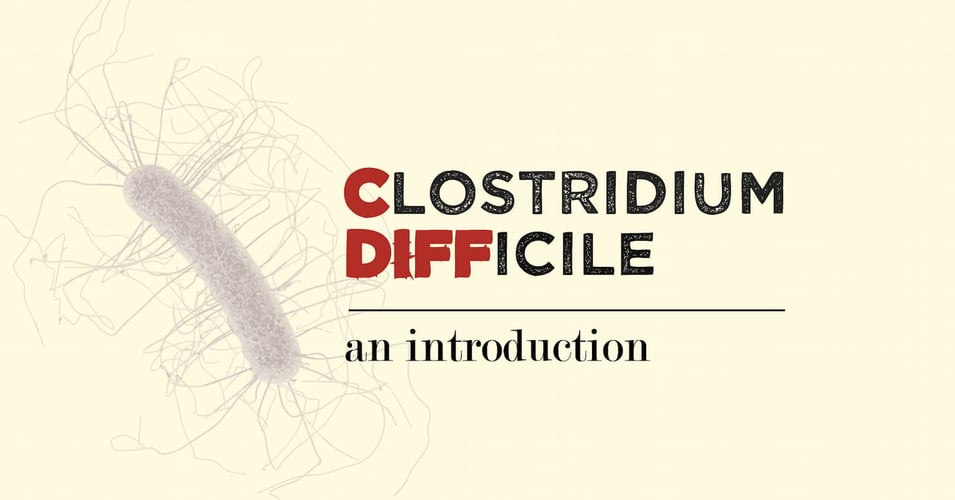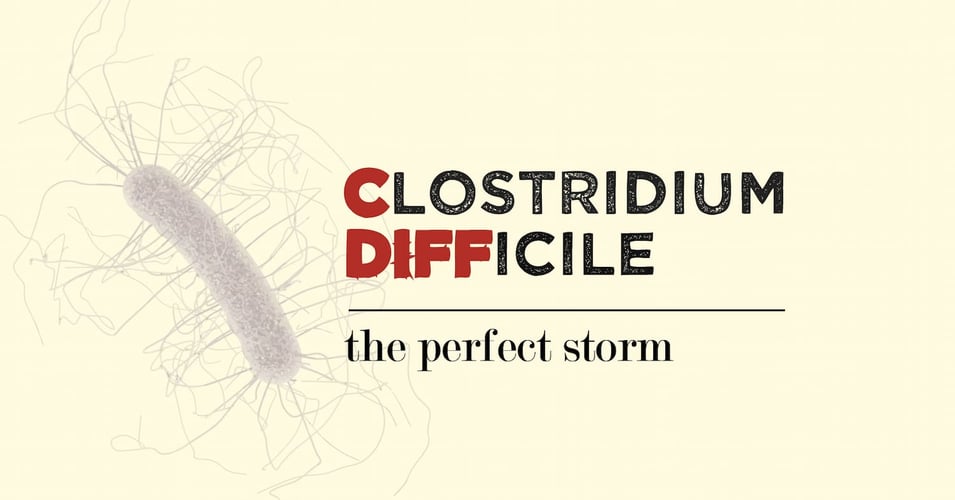The Final Round-Up of Pathogens Causing Hospital-Acquired Infections

Today's post wraps up the usual suspects when it comes to pathogens contributing to hospital acquired infection. These pathogens, while less prevalent than those mentioned in earlier posts, still pose a danger to immunocompromised patients in healthcare settings.
Acinetobacter baumannii | .4% of HAIs
The Acinetobacter genus of bacteria occur mostly in soil, but can survive on many surfaces for weeks at a time. While it seldom causes illness outside of healthcare facilities, it is a frequent pathogen found in intensive care units. It can cause ventilator-associated pneumonia, and because it creates a biofilm (when cells stick to each other to create a film), it can easily adhere to medical devices such as catheters. This pathogen became known as "Iraqibacter" when it led to multiple infections throughout war-zone medical facilities. 28-45% are not susceptible to carbapenem antibiotics.
Proteus species | 2.5% of HAIs
A major decomposer, the Proteus genus is found throughout nature as well as in sewage and other waste. It is an opportunistic bacteria that typically behaves itself among the rest of the flora in our intestines, but given the chance, can wreak havoc on the urinary tract and kidney. (Some do call it a nightmare, however.)
Serratia species| 1.4% of HAIs
Serratia marcescens, the most common species of this genus, can be found on many healthy adults' respiratory and urinary tracts, where it can lead to dangerous infections in immunocompromised individuals. It is also quite prevalent in our environment, often found in bathroom grout, shower corners, and other areas that collect water and soap residue. You may have seen it yourself: it has a pink or reddish color, and is very difficult to eradicate. Intensive care units have a higher percentage of Serratia colonies.
Clostridium difficile | 12% of HAIs
Around 2-5% of us have this bacteria, known as C. diff, in our colon. It is a truly adaptive pathogen, with hard-core survival technology. First, it releases toxins that lead to inflammation, and most importantly to its spread, diarrhea. Second, it forms spores when under stress (when resources are limited, such as in the open air), which protect the bacteria for extended periods of time (up to 5 months) and are very difficult to destroy. Third, when the spores are again in contact with resources, they can quickly begin to reproduce. Finally, when they reach the conditions of the human intestine, they change into a vegetative state, which causes the disease symptoms, when the cycle begins once more. This vicious cycle is often kicked off by the use of antibiotics: After bacteria in the intestine are destroyed (harmful and beneficial), c. diff remains, and begins its cycle of destruction.
The viruses that make the list of most prevalent pathogens affect healthcare facilities when there is a general outbreak of the virus in the community. Their patients, however, are not as capable of fighting off the viral attack.
Quick Intro to Viruses
|
Norovirus
Have you heard stories of entire cruise ships coming down with a horrible viral illness, or "stomach flu"? Chances are the culprit was norovirus. Its symptoms are manageable, albeit miserable, in generally healthy populations. However, if norovirus is spread throughout a healthcare facility rather than a cruise ship, the casualties can quickly far exceed a ruined vacation.
Influenza
Not to be confused with "stomach flu," this is the virus that is responsible for massive epidemics (pandemics, really) with tremendous death tolls throughout history. This small packet of cell-hijacking horror caused the 1919 Spanish flu (50-100 million deaths), as well as "smaller" outbreaks, each responsible for millions of deaths.Today you hear about strains of the flu with names such as H1N1 ("swine flu"). Each year, the predicted strains are isolated and vaccines are created, which are then available to the general public as protection against that year's most common strain(s). However, in healthcare settings, immunocompromised patients may not be strong enough to handle the symptoms or fight off the virus.
This concludes our series about the leading pathogens causing hospital acquired infections. Future posts will look closer at ways hospitals control contamination and the spread of infection, as well as the dangers of overuse of antibiotics. Be sure to post a comment if you have questions or ideas for future posts!
Editor's Note: This post was originally published in January 2015 and has been updated for freshness, accuracy and comprehensiveness.
![EOScu Logo - Dark - Outlined [07182023]-01](https://blog.eoscu.com/hubfs/Eoscu_June2024/Images/EOScu%20Logo%20-%20Dark%20-%20Outlined%20%5B07182023%5D-01.svg)

![[infographic] Pathogens, Prevalence and Persistence Download and share!](https://no-cache.hubspot.com/cta/default/216314/interactive-178382222670.png)



